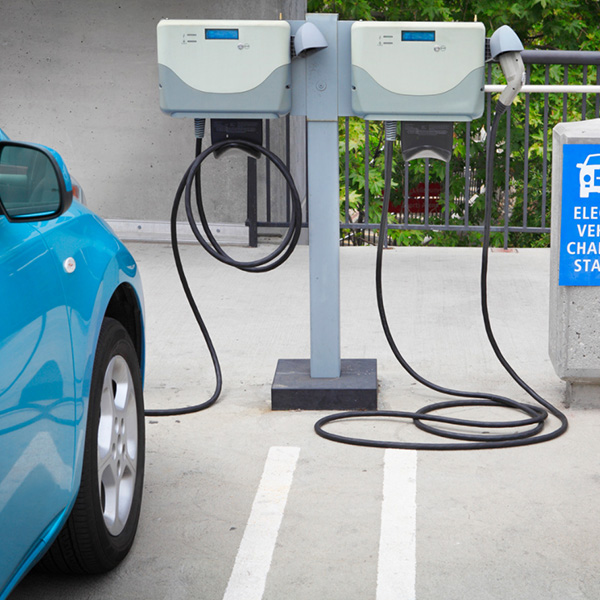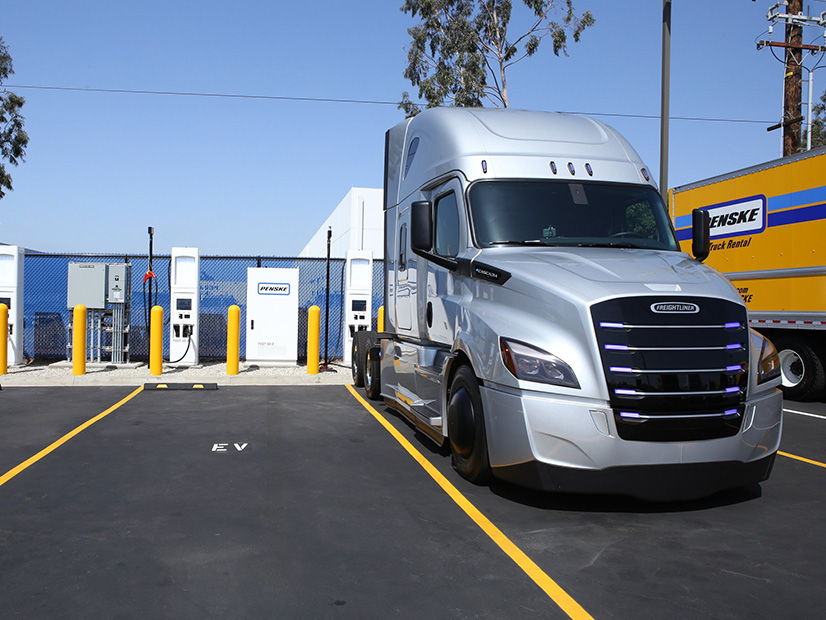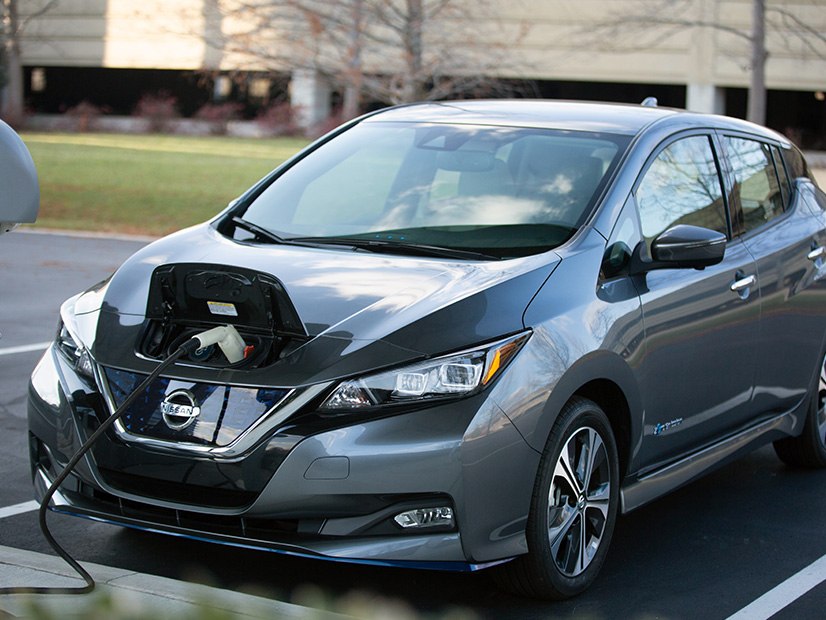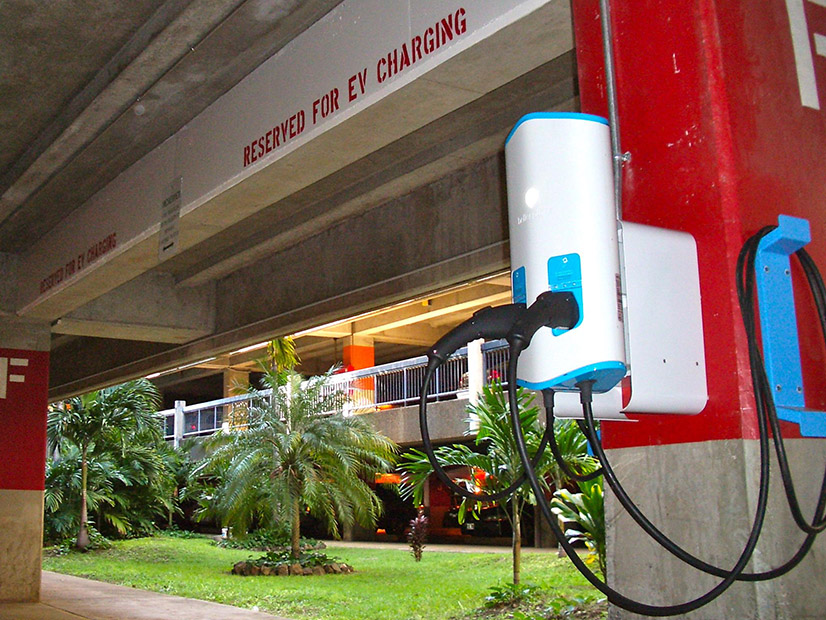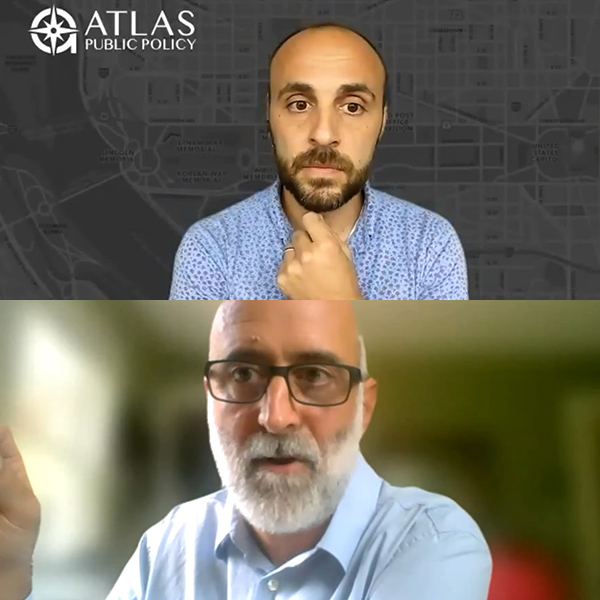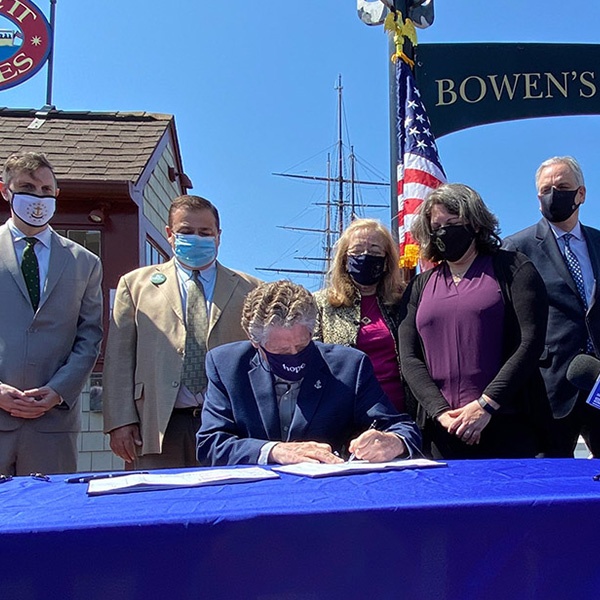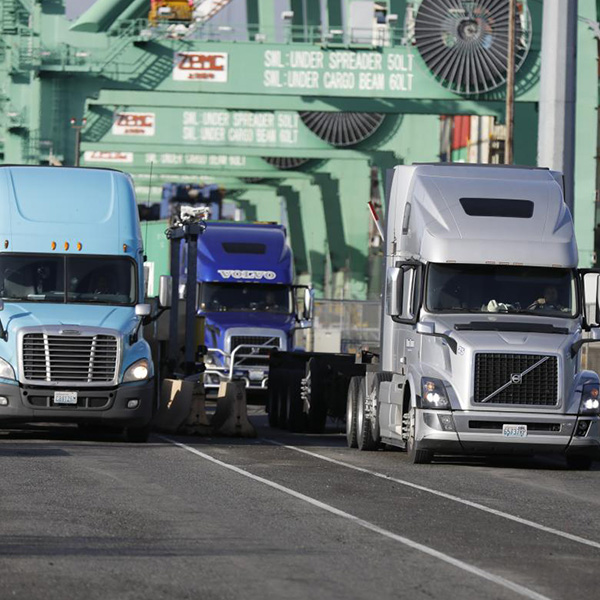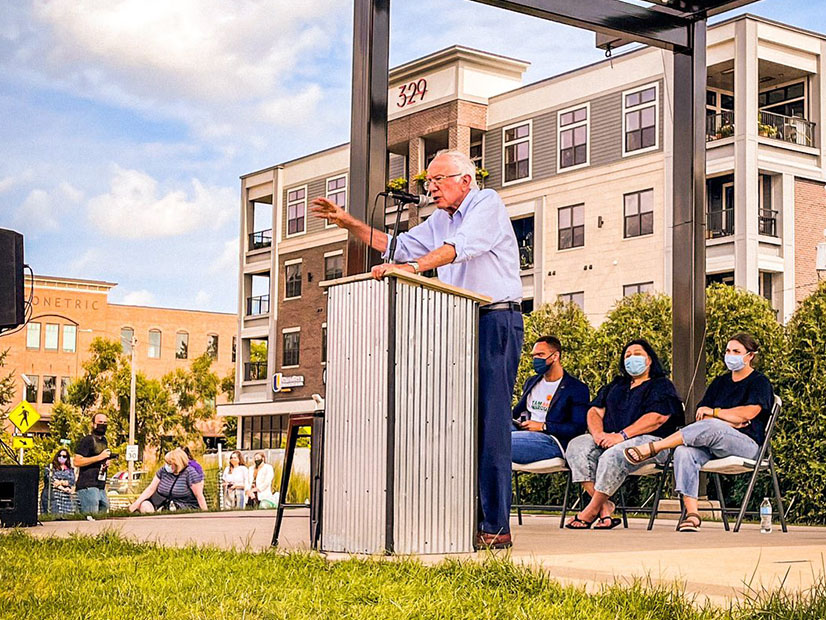Light-duty vehicles
Current trends suggest that Oregon will come up short of its ZEV adoption goals over the next decade, but near-term policy developments could salvage them.
California lawmakers allocated $2.7 billion for ZEVs in the 2021-2022 state budget this summer and designated $1.2 million more in the next two years.
Development of hydrogen-fueling stations in California is accelerating; car manufacturers should consider ramping up production of FCEVs, new report says.
Gov. Kathy Hochul signed a bill that sets zero-emission sales goals for passenger, medium- and heavy-duty, and off-road vehicles, as well as equipment.
A trio of engineers with the John Wood Group predicted that by 2040, the U.S. will be a global leader in hydrogen production and use.
In an effort to gauge community desire for EV charging stations, Hawaiian Electric launched a website asking for public input on charging station locations.
In a second annual progress report, the Southern Alliance for Clean Energy said 2020 was a watershed year for electric vehicle growth in the Southeastern U.S.
The Nature Conservancy says its legislative priorities for Rhode Island next year include setting a 100% renewable energy target and authorizing the TCI-P.
Feedback split along predictable lines on Washington’s efforts to adopt California’s strict standards on zero-emission medium- and heavy-duty trucks.
Sen. Bernie Sanders assured Vermont energy committees that the budget reconciliation bill would provide the funding they need for climate initiatives.
Want more? Advanced Search
